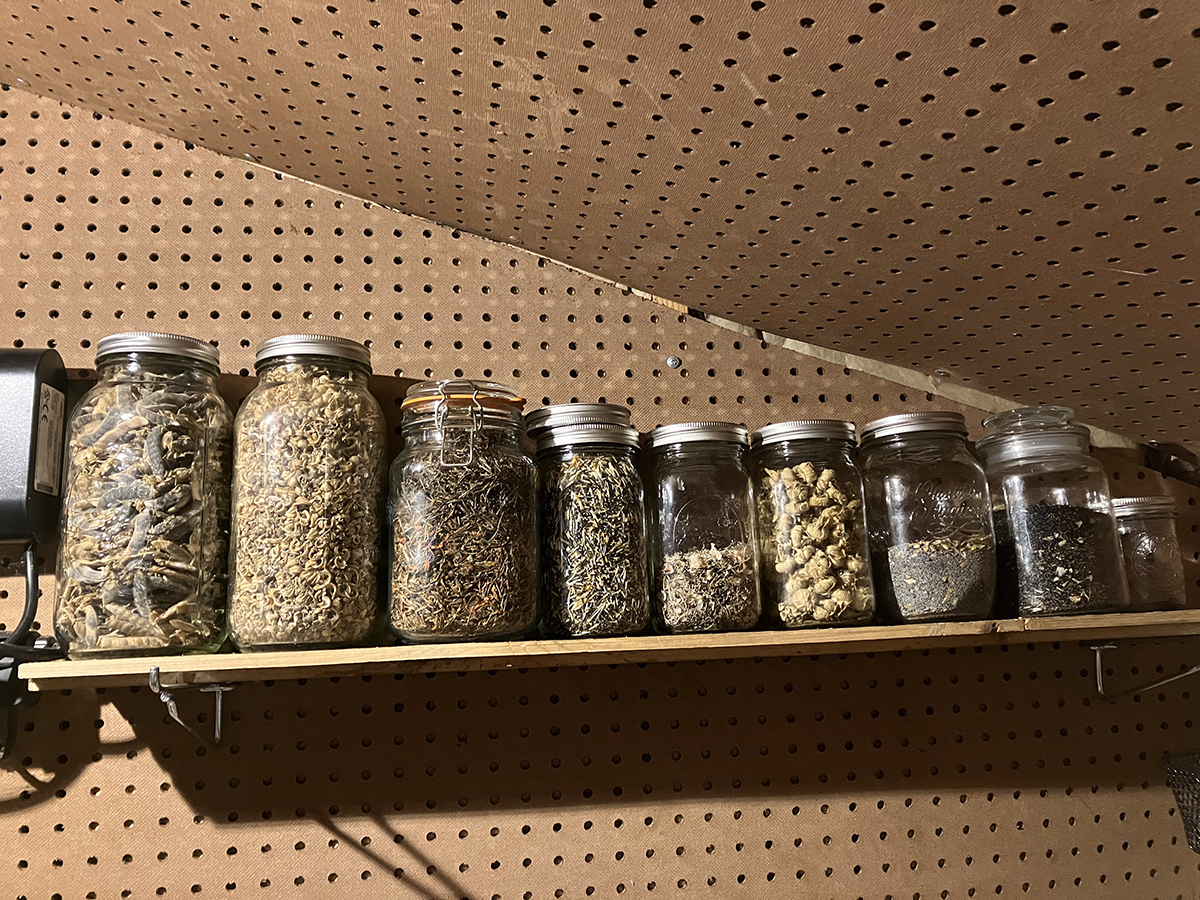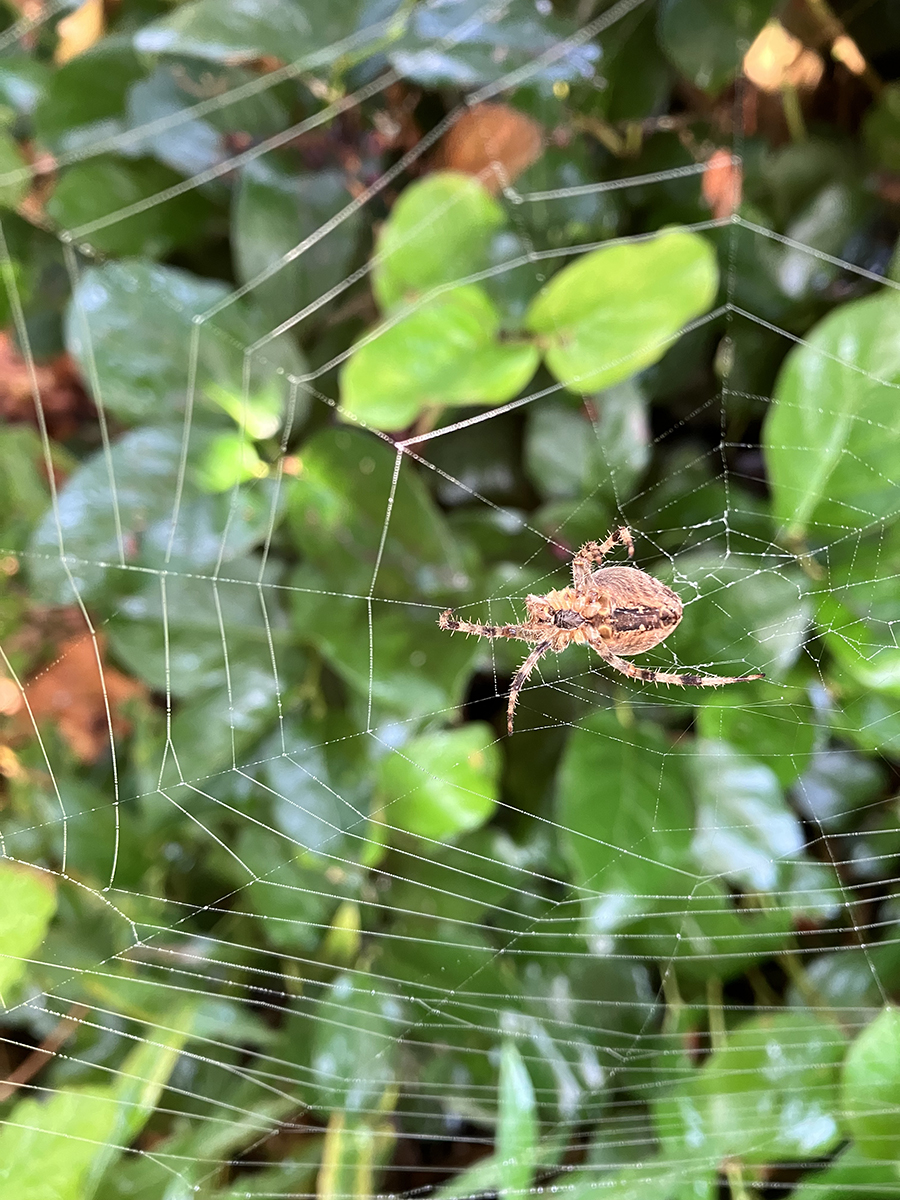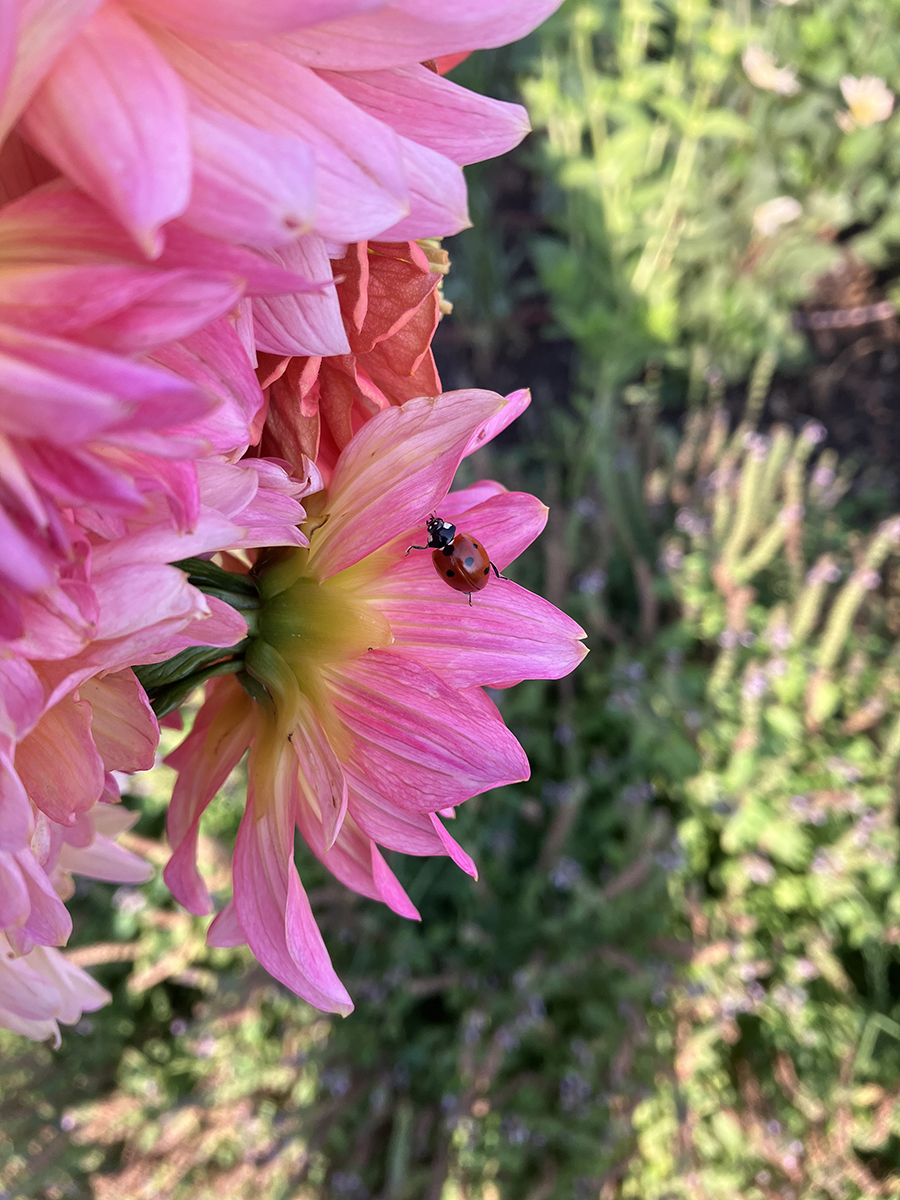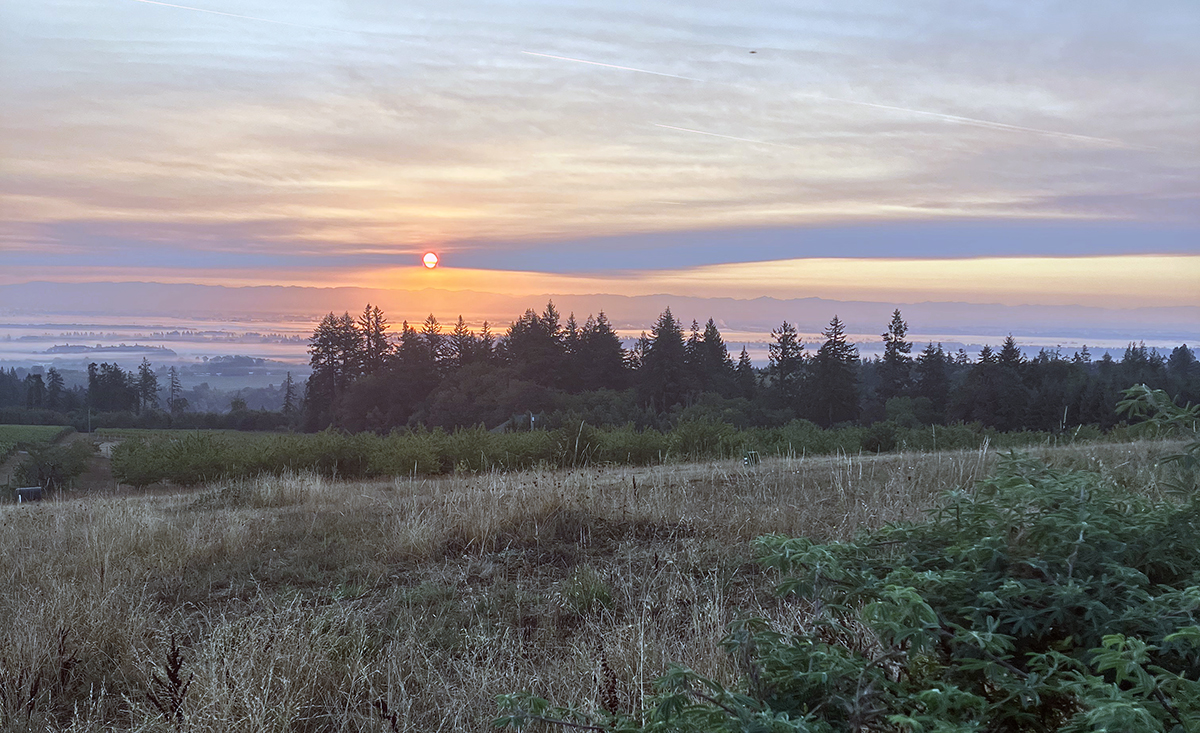“I want to tell you about the most hopeful thing in the world. It is a seed.” – Janisse Ray, The Seed Underground: A Growing Revolution to Save Food.
Rain falls in pounding drifts this morning, and I seek shelter in the greenhouse among the drying seeds gathered from the garden. Nestled on shelves and tucked into corners are festoons of cosmo, sunflower, hollyhock, and calendula seeds. Baskets hang with fennel and coriander seeds, while garlic braids hang from hooks to be used in the kitchen throughout the year. There is still much to do in the garden, with the last of the spring bulbs that need to be planted and garden beds mulched. All will be done in good time. While the storm pounds its way over the garden, I will spend this time patiently placing seeds in my jar, saving them for next summer.

Collecting seeds is an act of reciprocity with your garden and your community. Seeds hold stories and rich meanings. The seeds we save from our kitchen gardens incode a resiliency and understanding of the home they have grown on as they are the offspring of a parent who adapted to that particular site. In saving these seeds, we keep this genetic resiliency that is specific to our unique habitat. As we continue to witness more erratic and extreme weather patterns, this resiliency to local conditions becomes all the more important. I save as many seeds as possible in the hope that the plants will have a better understanding of my unique site and growing conditions. With every seed I save, I’m left feeling hopeful for the future. I line jars of seeds up along the wall, a promise for next year, an intention to carry out the cycle of growth.
Saving seeds is only part of the process and can be ineffective alone as seeds lose viability after a few years. In order to engage with my garden and community, I must continue to grow these seeds. It is in the sowing of seed to soil that the plant can continue to live, thus growing and adapting, continuing to ensure that those traits that are beneficial to its home are extended to next year’s offspring. Beyond my own garden, I share these seeds with local gardeners, pressing them into the hands of friends and neighbors, who nurture them in their own gardens. I dream of habitat corridors all around the hills of the Willamette Valley growing with the seeds that the community continues to exchange and share. It is in this reverent exchange of seeds that I find hope; in sowing seeds beyond my own borders, I can expand the reach from my own garden, connecting fellow gardeners as we attempt to regenerate this land.


When the rain pauses, I am jolted from the revere of seeds. I step out into the cold fall air. There is much to be done, and I feel reinvigorated knowing that I’m preparing the garden beds for the very seeds my hands have sifted. I work in the bracing wind, mulching, weeding, and deadheading. All the while, I’m steadied in the knowledge of a greenhouse full of seeds with the next generation patiently awaiting their time.
Farm to Table
This month, our tasting room menu features the following items from the Brooks Estate Garden: delicata squash, sage, fennel, tomatoes, garlic, kale, onion, thyme, honey, green onion, broccolini, quince, jalapeno, and beets.
– With Love from the Garden, Shannon
